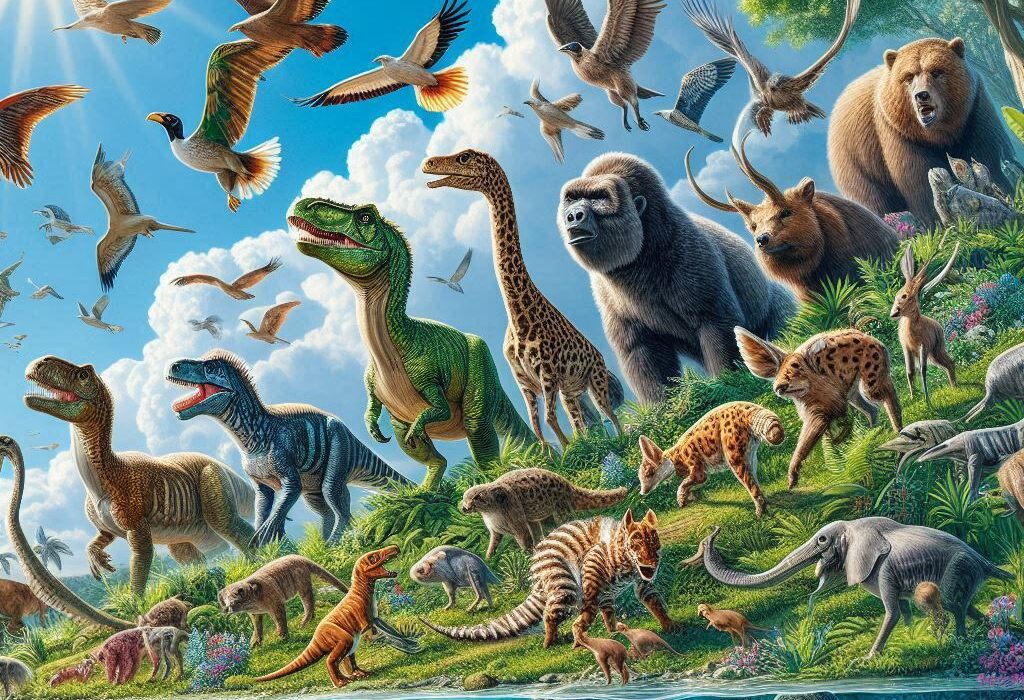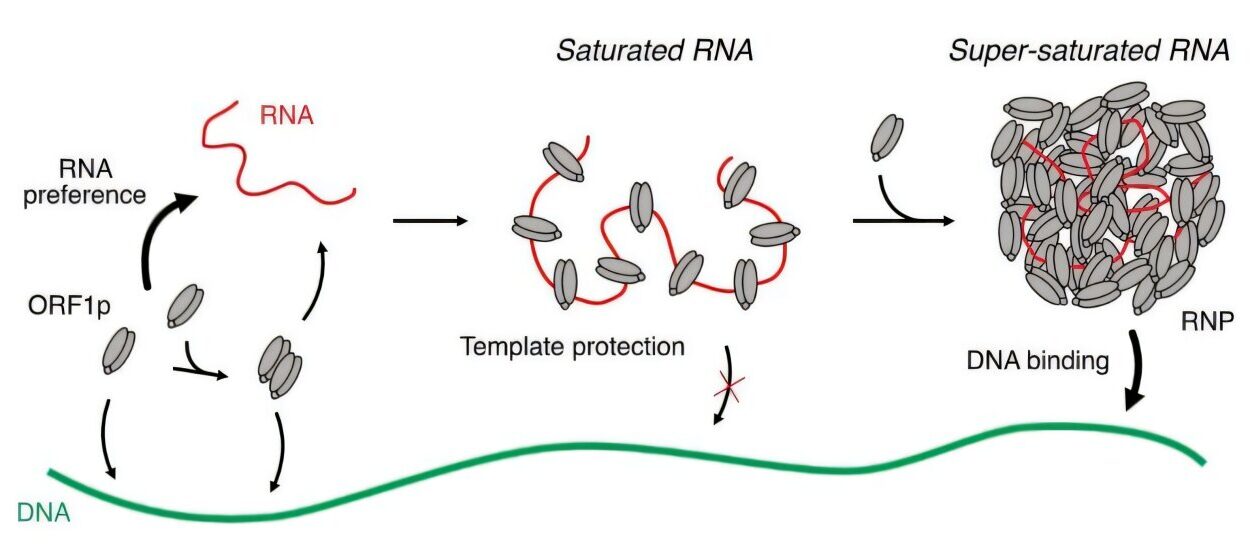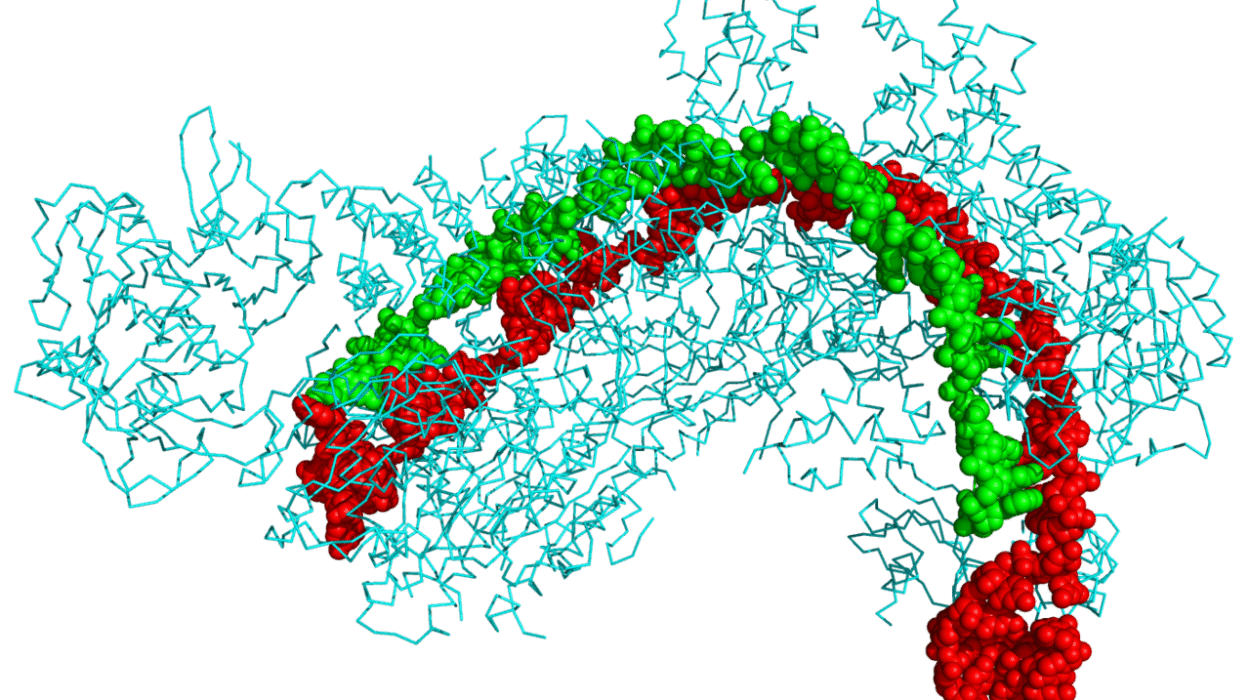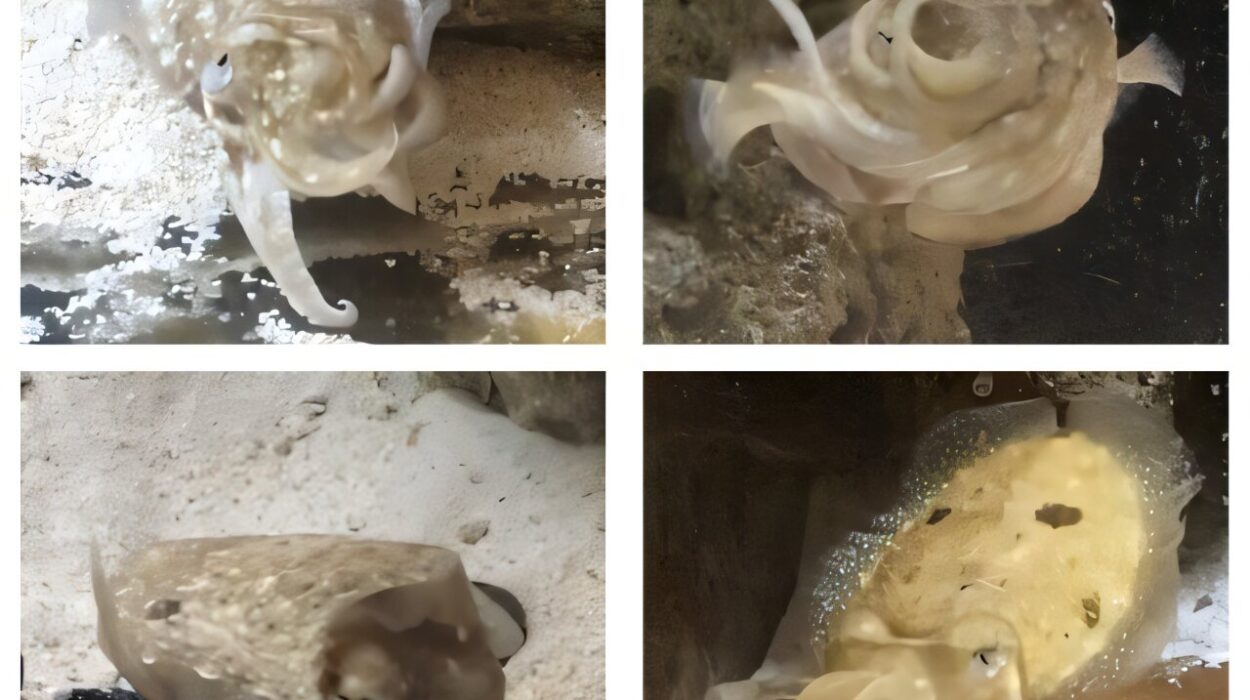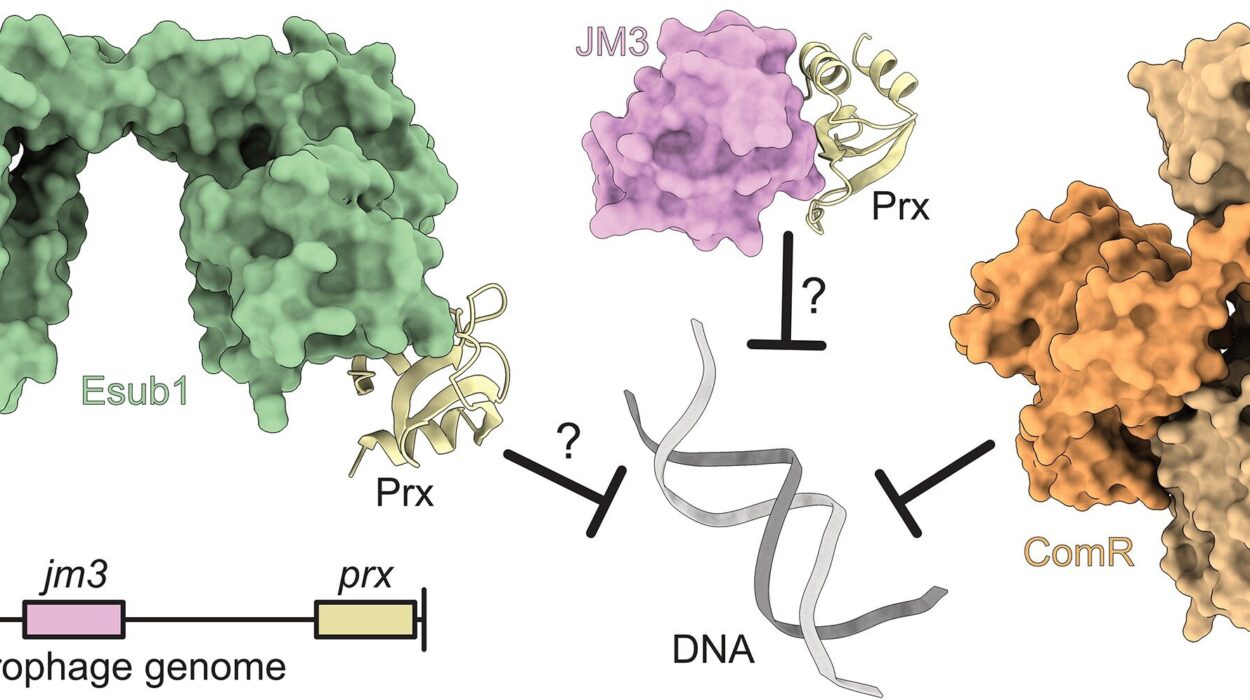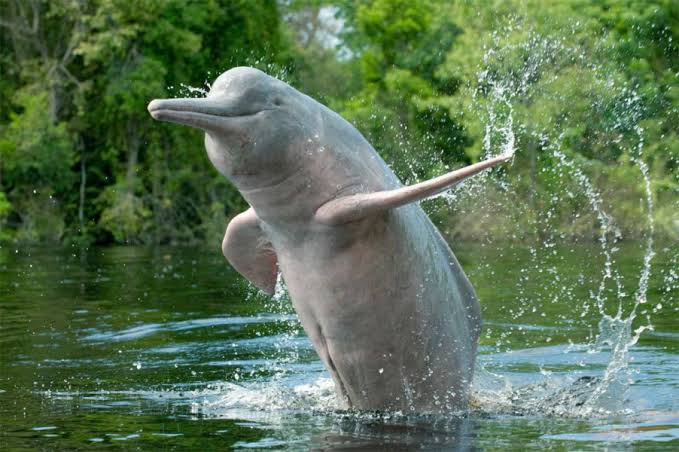The story of life on Earth begins not with cells, animals, or green forests but with a silent universe filled only with stars, dust, and the elements born in the hearts of dying suns. Long before Earth existed, massive stars exploded in supernovae, scattering carbon, nitrogen, oxygen, and other elements into the interstellar void. Out of these cosmic remnants, our solar system was forged some 4.6 billion years ago. The Earth that emerged from this fiery birth was hostile—its surface roiled with magma, its skies thick with carbon dioxide, methane, ammonia, and water vapor. Lightning split the air, volcanoes spewed gases, and asteroids rained down relentlessly.
And yet, within this chaos lay the seeds of life. The elements of biology were present, waiting for the right conditions to assemble into something greater than mere chemistry. What followed was one of the most extraordinary transitions in the history of the cosmos: the transformation of non-living matter into living organisms. This moment—abiogenesis—was not a singular event but a complex process that unfolded over hundreds of millions of years, guided by chemistry, physics, and chance.
The Ancient Earth and Its Chemical Canvas
To understand the origin of life, we must first picture early Earth not as a barren rock but as a laboratory of immense scale. Its atmosphere was thick with gases from volcanic eruptions: carbon dioxide, water vapor, nitrogen, hydrogen sulfide, and traces of methane and ammonia. The oceans, formed as the planet cooled and water vapor condensed, provided a vast medium for chemical reactions. Ultraviolet light from the Sun beat down unhindered, lightning tore through storm clouds, and hydrothermal vents at the bottom of the ocean spewed mineral-rich fluids into the surrounding waters.
This combination created a world teeming with energy gradients and chemical diversity. Molecules collided, broke apart, and recombined. Carbon-based compounds, essential for life, were abundant. Simple molecules such as hydrogen cyanide and formaldehyde drifted through the atmosphere and dissolved into the oceans, where they interacted with minerals, metals, and energy sources. In these restless environments, the building blocks of life began to emerge.
From Atoms to Molecules of Life
Life as we know it is built upon a handful of molecular families: amino acids, which form proteins; nucleotides, which form DNA and RNA; and lipids, which form cell membranes. The great puzzle is how such molecules arose spontaneously on a lifeless planet.
One of the most famous attempts to answer this came in 1953, when Stanley Miller and Harold Urey recreated conditions of early Earth in a laboratory experiment. They filled a glass apparatus with methane, ammonia, hydrogen, and water vapor, then subjected it to sparks of electricity mimicking lightning. After just a week, the experiment produced a rich soup of organic molecules, including amino acids—the very components of proteins. This result was electrifying: it showed that under plausible early-Earth conditions, the molecules of life could indeed form spontaneously.
Further research revealed that such molecules may not only have formed on Earth but also arrived from space. Meteorites like the Murchison meteorite, which fell in Australia in 1969, contain amino acids, sugars, and other organic compounds. Comets, too, are rich in complex carbon chemistry. Life’s raw ingredients, it seems, are scattered throughout the cosmos, and Earth was fortunate enough to gather them in abundance.
The Role of Water and Oceans
The oceans of early Earth played a dual role: they were both cradles of chemistry and barriers to life’s emergence. On one hand, water acted as a solvent, allowing molecules to mingle and interact. On the other, the dilution of molecules in vast seas made it difficult for complex structures to assemble. The solution may have come from environments where molecules could be concentrated: shallow ponds, drying tidal pools, or porous mineral surfaces where water could cycle between wet and dry states.
Repeated cycles of hydration and dehydration may have encouraged simple molecules to join into longer chains. For instance, amino acids can link into peptides when exposed to dry heat, and nucleotides can form strands of RNA when concentrated on clay surfaces. In such microenvironments, chemistry began to take its first steps toward biology.
RNA and the First Information Systems
For life to arise, it was not enough to have proteins and lipids; there needed to be a system capable of storing information and passing it on to future generations. Today, DNA is the molecule that carries the blueprint of life, but many scientists believe that before DNA there was RNA—a simpler cousin capable of both storing information and catalyzing reactions.
This idea, known as the RNA world hypothesis, suggests that early life was built around RNA molecules that could replicate themselves. Laboratory experiments have shown that RNA strands can indeed act like enzymes, known as ribozymes, catalyzing their own replication under certain conditions. If early Earth provided environments rich in nucleotides, these self-replicating RNAs could have emerged, giving rise to primitive systems of heredity.
Once RNA was established, evolution could begin. Strands that replicated more efficiently or were more stable would outcompete others, leading to gradual increases in complexity. Over time, proteins and DNA may have evolved as superior molecules for specific tasks: proteins for catalysis, DNA for stable long-term information storage.
The First Protocells
Even with self-replicating molecules, life required another essential innovation: compartments. Without boundaries, chemical systems dissipate into the environment and lose their coherence. Lipids provided the solution. These molecules naturally form spherical membranes when placed in water, enclosing droplets of solution inside. Such protocells, as they are called, would have provided safe havens where RNA and other molecules could interact in higher concentrations, shielded from destructive forces outside.
Experiments show that lipid vesicles can grow, divide, and even incorporate molecules from their surroundings—all without biological machinery. In the sheltered interiors of such protocells, primitive metabolic cycles could have begun, linking energy sources to chemical reactions that built complexity. From these humble bubbles, true cells would eventually emerge.
Hydrothermal Vents and the Deep Origins of Life
While some researchers imagine life arising in shallow ponds or tidal flats, others look to the deep oceans, where hydrothermal vents offered stable, energy-rich environments. At these vents, hot fluids gush from beneath the seafloor, rich in minerals like iron and sulfur. The porous structures formed by these minerals could have acted like natural reactors, concentrating molecules within tiny cavities.
Within these microenvironments, chemical gradients between hot, mineral-rich fluids and cold ocean water created opportunities for primitive metabolism. Modern vent-dwelling microbes still rely on chemical energy rather than sunlight, hinting that their ancestors may have been the first forms of life.
The vent hypothesis elegantly solves some of life’s early challenges. It provides both energy and structure, and it explains how life could arise in an environment shielded from the violent surface of early Earth. Yet it remains possible that multiple environments contributed simultaneously, with chemistry occurring both in shallow pools and in deep-sea vents.
The Role of Chance and Necessity
One of the most profound questions about life’s origin is whether it was inevitable or merely a cosmic accident. The laws of chemistry and physics certainly constrain what is possible. Carbon, with its ability to form four stable bonds, is uniquely suited for building complex molecules. Water, with its solvent properties, provides the ideal medium. Given these constraints, some argue that life was bound to emerge wherever conditions were right.
Yet chance also played a role. The precise sequence of chemical events that produced the first self-replicating systems may have been highly improbable, a rare outcome in the lottery of molecular interactions. Perhaps Earth was not destined to produce life, but merely lucky. The truth likely lies in a combination: necessity laid the foundation, chance determined the details.
From Chemistry to Biology
At what point did non-living matter become life? This is not an easy question to answer, for the boundary between chemistry and biology is blurred. Was it when the first amino acids formed? When the first RNA strand copied itself? Or only when protocells began to grow, divide, and evolve? Life, as we define it today, involves self-replication, metabolism, and evolution. Each of these properties may have arisen gradually, so that there was no single moment when life “began,” but rather a continuum from chemistry to biology.
What is clear is that once life gained the ability to replicate and evolve, it could never be undone. Natural selection drove increasing complexity, producing the first true cells, then multicellular organisms, and eventually the extraordinary diversity of life we see today. From humble beginnings in pools, vents, or meteorite-delivered molecules, life conquered the planet.
Lessons from Modern Science
The quest to understand life’s origin is ongoing. Scientists explore hydrothermal vents, deserts, and icy moons to test hypotheses. In laboratories, they attempt to build protocells from scratch, coaxing chemistry toward life-like behavior. Each discovery adds a new piece to the puzzle, but the full picture remains incomplete.
Astrobiology expands the search beyond Earth, asking whether life might have arisen elsewhere. Mars, with its ancient riverbeds and subsurface ice, may once have hosted conditions similar to early Earth. Jupiter’s moon Europa and Saturn’s moon Enceladus harbor oceans beneath icy crusts, warmed by tidal heating, perhaps resembling Earth’s hydrothermal vents. If life emerged on Earth, could it not also emerge there?
Such questions deepen the significance of our origins. If life is common, then the universe may be filled with countless worlds where chemistry blossomed into biology. If life is rare, then our existence is all the more precious—a fragile miracle in a vast and indifferent cosmos.
The Human Connection to Origins
Why does the origin of life matter to us, creatures billions of years removed from that first spark? Because in unraveling it, we glimpse our deepest roots. The atoms of our bodies were forged in stars; the molecules that form our cells once danced in a prebiotic soup. To know how life began is to know where we came from—not just as individuals, or even as a species, but as a planet alive in a universe otherwise silent.
Albert Einstein once said, “The most incomprehensible thing about the universe is that it is comprehensible.” In seeking the origins of life, we honor that comprehension. We turn our minds back to the dawn of time, to the moment when Earth first whispered the language of biology out of the silence of chemistry. And in doing so, we affirm that life is not a trivial accident but part of the deep story of the cosmos itself.
Conclusion: From Dust to Consciousness
The origin of life remains one of science’s greatest mysteries, yet we are closer than ever to understanding it. What began with simple molecules gave rise to replicating strands, to protocells, to true cells, and ultimately to the vast web of organisms that populate our planet. The path from non-living matter to consciousness was long, winding, and improbable, yet it unfolded through natural processes guided by the laws of physics and chemistry.
We are the heirs of that ancient transition. Every heartbeat, every breath, every thought is a continuation of the first spark that turned chemistry into biology. From the dust of stars to the awareness of self, life on Earth is the universe awakening to its own existence. The story of our origins is not merely a scientific puzzle but a profound reminder of our place in the cosmos: fragile, improbable, and yet bound to the very fabric of the stars.

